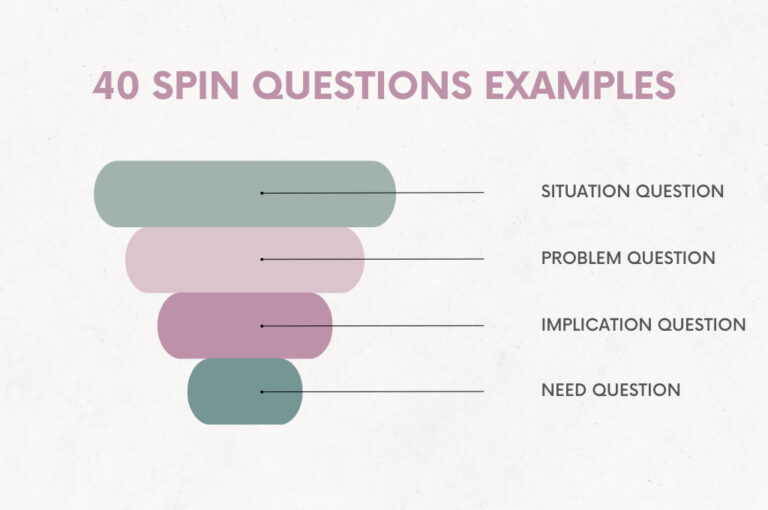How the 5-Step Sales Process Simplifies Sales

In today’s competitive market, mastering the art of selling is crucial for business success. The 5-Step Sales Process offers a clear and effective roadmap for sales professionals to navigate the complexities of sales from initial contact to closing deals. This process not only simplifies sales activities but also enhances the customer experience, paving the way for long-term relationships and repeat business. Understanding and applying these five steps can significantly improve sales performance and outcomes.
What Is the 5-Step Sales Process?
The 5-Step Sales Process is a strategic framework designed to streamline the sales approach, making it more efficient and effective. This methodology focuses on guiding sales professionals through a sequence of stages, from initial contact with a potential client to the finalization of a sale and beyond. It aims to foster a deeper understanding of customer needs, tailor solutions accordingly, and ultimately secure a successful sales outcome. The process is adaptable, allowing for customization to fit various products, services, and market environments.
What Are the 5 Steps of the Sales Process?
The 5 Steps of the Sales Process provide a structured approach for sales professionals to follow, ensuring a thorough and considerate journey from first contact to post-sale service. Each step is crucial and requires dedicated focus to maximize success.
1. Approach the Client
The initial step involves making the first contact with potential clients. This could be through cold calls, emails, social media, or in-person meetings. The key here is to make a positive impression, quickly establish rapport, and express genuine interest in understanding the client’s business or personal needs.
2. Discover Client Needs
Once a connection is made, the next step is to uncover the client’s specific needs, challenges, and objectives. This often involves asking open-ended questions, actively listening to the responses, and probing deeper to fully comprehend the client’s unique situation. It’s about building trust and demonstrating empathy.
3. Provide a Solution
Having thoroughly understood the client’s needs, it’s time to propose a solution that aligns with their goals. This involves presenting your product or service as the answer to their problem, highlighting benefits and differentiators. Tailoring the solution to the client’s context is critical for persuasive communication.
4. Close the Sale
This step is about securing a commitment from the client to proceed with the purchase. It involves overcoming objections, clarifying terms, and reassuring the client of the value they’re receiving. Techniques such as summarizing benefits, offering incentives, or creating a sense of urgency can be effective here.
5. Complete the Sale and Follow Up
After the sale is closed, the focus shifts to ensuring a smooth delivery of the product or service and addressing any post-sale concerns. Completing the sale with professionalism sets the stage for future interactions. Following up is essential to gauge client satisfaction, address any issues, and maintain a relationship for repeat business and referrals.
Final Thoughts
The 5-Step Sales Process stands as a cornerstone in crafting a successful sales strategy. By breaking down sales into manageable, focused stages, this process offers a clear path for engaging with clients and securing sales more effectively. It highlights the importance of understanding customer needs, providing tailored solutions, and maintaining relationships beyond the sale. Implementing this process can lead to improved sales outcomes, enhanced customer satisfaction, and stronger, more enduring client relationships. As the sales landscape continues to evolve, adapting and refining each step of this process will be key to staying competitive and achieving long-term success.






